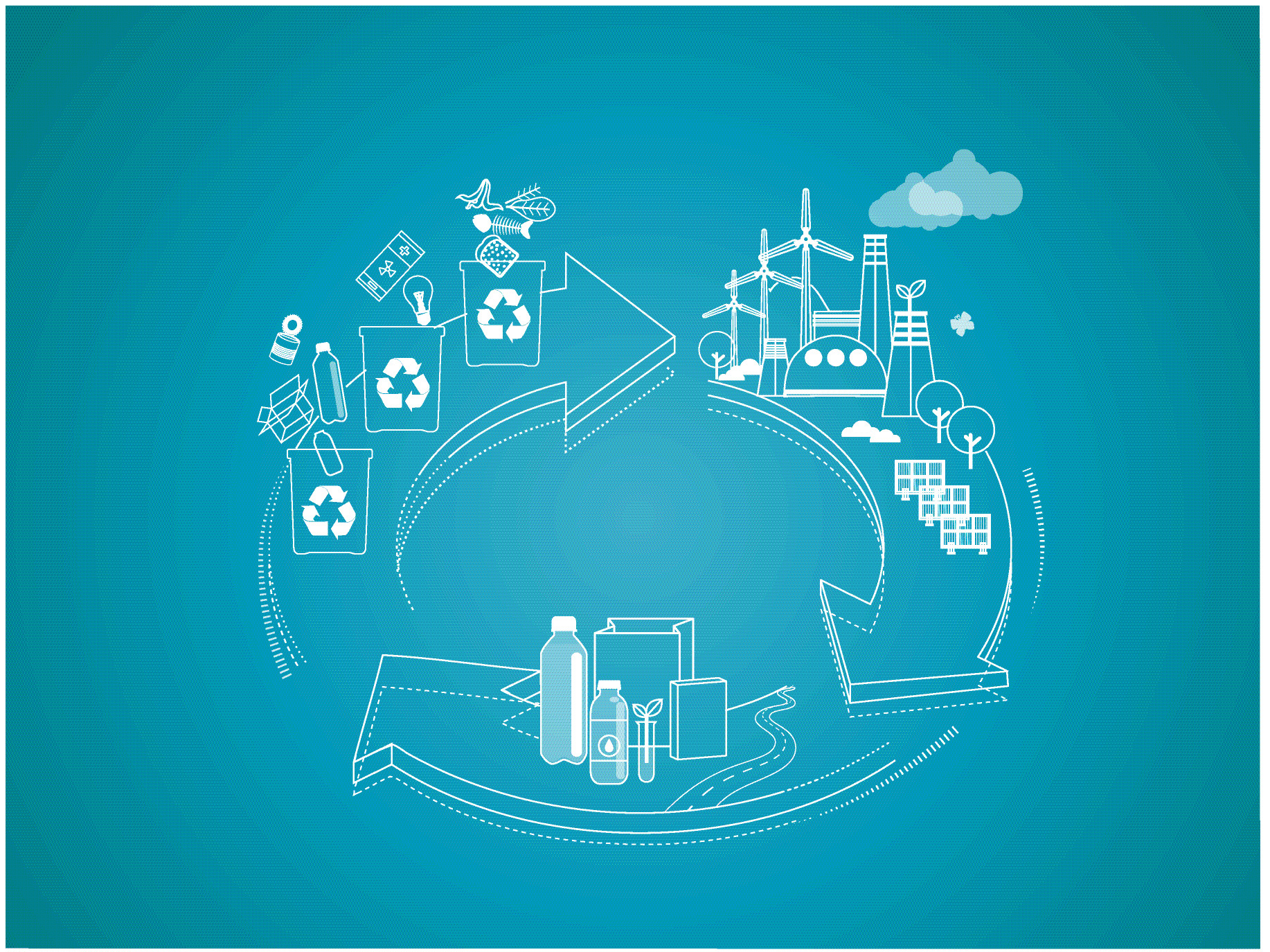
The column titled “FPA’s Recycling Efforts Accelerate” in the May/June issue of FlexPack VOICE® discussed FPA’s work with The Recycling Partnership, as well as other initiatives, to improve recycling efforts nationwide. The article prompted this column, detailing technologies that currently exist to convert nonrecyclables into energy. A few companies, such as Channeled Resources and Convergen Energy, have developed such pathways, including the Channeled-Convergen Solution (CCS).
About Channeled Resources
Channeled Resources is a recycler of sorts—at least that was its origin 45 years ago. Today, however, it only works with “nonrecyclable” substrates that include flexible packaging and pressure-sensitive laminates. It only works with materials that are coated, treated, or laminated—both paper and film. Channeled Resources is also a commercial silicone coater with coating capability in the U.S. and Canada. In addition, it is a laminator of label stock using hot melt adhesive and UV silicone technology.
Historically, the supply relationships were contractual with a specific covenant that it could not landfill anything. The challenge, of course, is what do you do with nonrecyclable byproduct if you cannot send it to a landfill? The answer is to create energy.
About Convergen Energy
That is where Convergen Energy comes in. The Green Bay, Wisconsin-based company manufactures
an engineered fuel product. All of its raw materials are pre-consumer and come directly from the generator. The materials are not post-consumer, so they don’t come from a materials recovery facility, where materials often include organics and chlorinated substrates.

The pellets that go through the Convergen Energy process can be used to create energy.
The feedstocks include flexible packaging and films like PE, PET, BOPP, PP, and styrene, as well as nonwovens, label matrix, nylon, silicone-coated release liners, and miscellaneous nonchlorinated plastics. All of these materials fit into the lower quadrant of the waste hierarchy—materials that are nonrecyclable and headed to the landfill. The common elements of the Convergen Energy raw material supply are the processibility and high caloric value.
Making Energy Pellets
Together, Channeled Resources and Convergen Energy have developed the Channeled-Convergen Solution to eliminate the landfilling of nonrecyclables and create renewable energy. This technology closes the loop and creates a true circular economy.
Convergen Energy brings in large volumes of raw material into its mixing room, where the materials are separated by category. Materials are mixed together to a specific recipe or formulation. This blend is conveyed into three different shredders until the size is small enough to be fed into pellet extruders. The pellets are cooled and conveyed into three 70-ton holding chambers for loading into trucks for customer delivery. The system is currently running at a rate of 8,000 tons per month.
Convergen Energy sells its pellets to public utilities, universities, corporate customers like paper manufacturers and film extruders.
There are two likely scenarios.
Coal Substitute
First, Convergen Energy supplies its fuel as a direct substitute for coal. A company burning coal has an opportunity to switch to the engineered fuel with very little capital investment. While the pellets are equal in caloric value, they reduce harmful emissions that include CO2, SO2, NOx, and Hg. The Convergen Energy fuel is nonhazardous and nonwaste as classified by the U.S. Environmental Protection Agency (EPA). (As an aside, in Illinois, where Channeled Resources is based, Governor J.B. Pritzker wants to phase out electricity generated by fossil fuels by 2035 and gas-fired power by 2045, creating opportunities for this fuel.)
Creating Circularity
Second, Channeled Resources and Convergen Energy have developed a way to make a business truly circular. It works like this:
- Nonrecyclable byproduct is sent by the generator to Convergen Energy for pellet manufacturing.
- The pellets are sold to a utility as a replacement for coal.
- The energy generated is renewable and is purchased by the generator of the waste in the form of the Virtual Power Purchase Agreement (VPPA).
- The renewable energy is similar to renewable energy generated by wind and solar with one major difference: The Convergen Energy renewable energy is carbon-negative, while wind and solar are deemed carbon neutral.
The CCS approach takes waste and converts it into energy fuel pellets. The fuel pellets are sent to utilities that produce renewable energy and steam. The customer that generated the waste in the first place buys its own byproduct back in the form of renewable energy. That customer also receives what are called RECs, or renewable energy credits.
The CCS approach keeps nonrecyclables out of the landfill. It allows the company that generates the byproduct to close the loop and create a circular economy. This is happening today. We do not need data or feasibility assessments. What we do need is support by organizations like FPA and its members.
Calvin Frost is chairman of Channeled Resources Group. He can be reached at cfrost@channeledresources.com.


